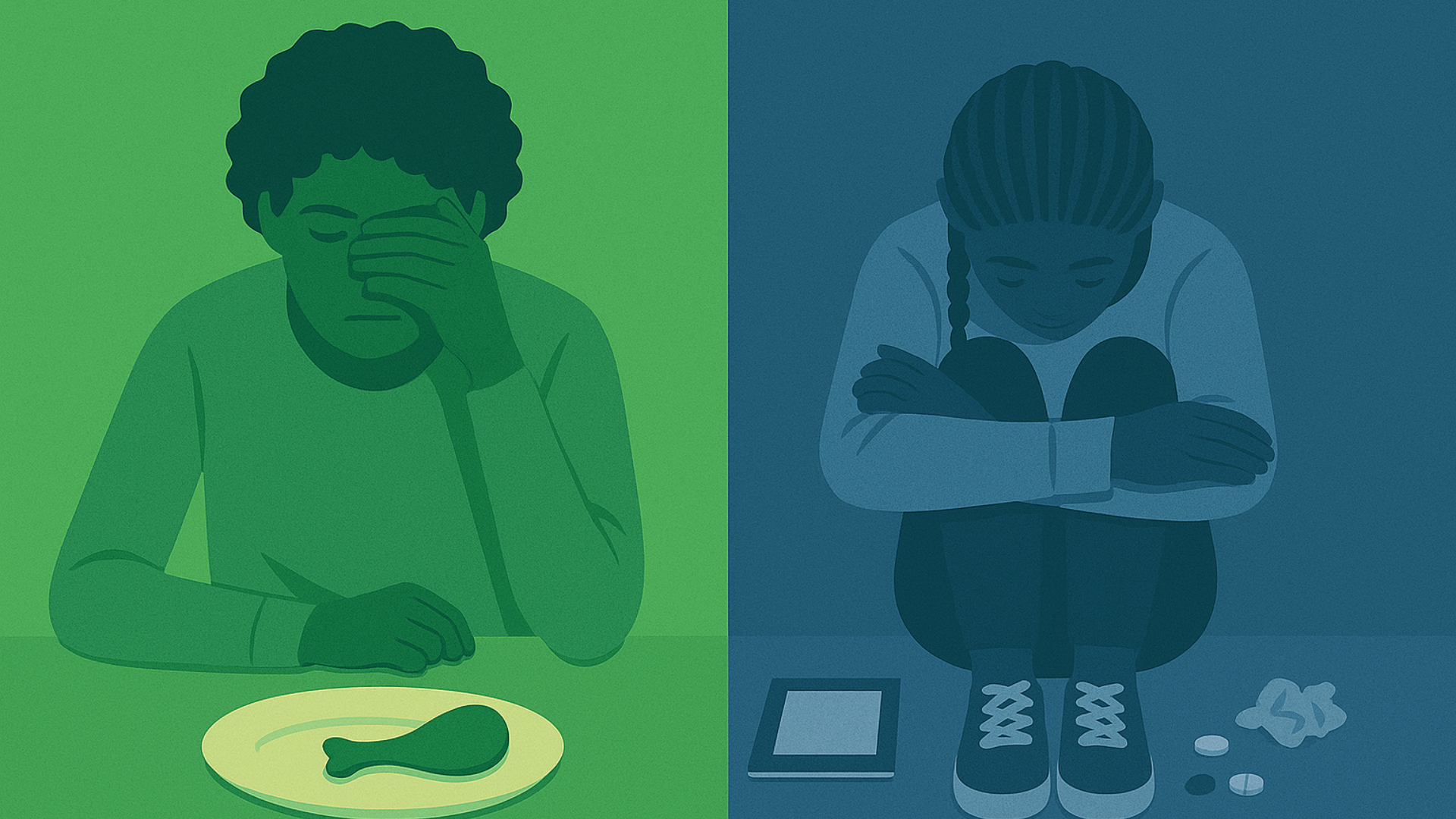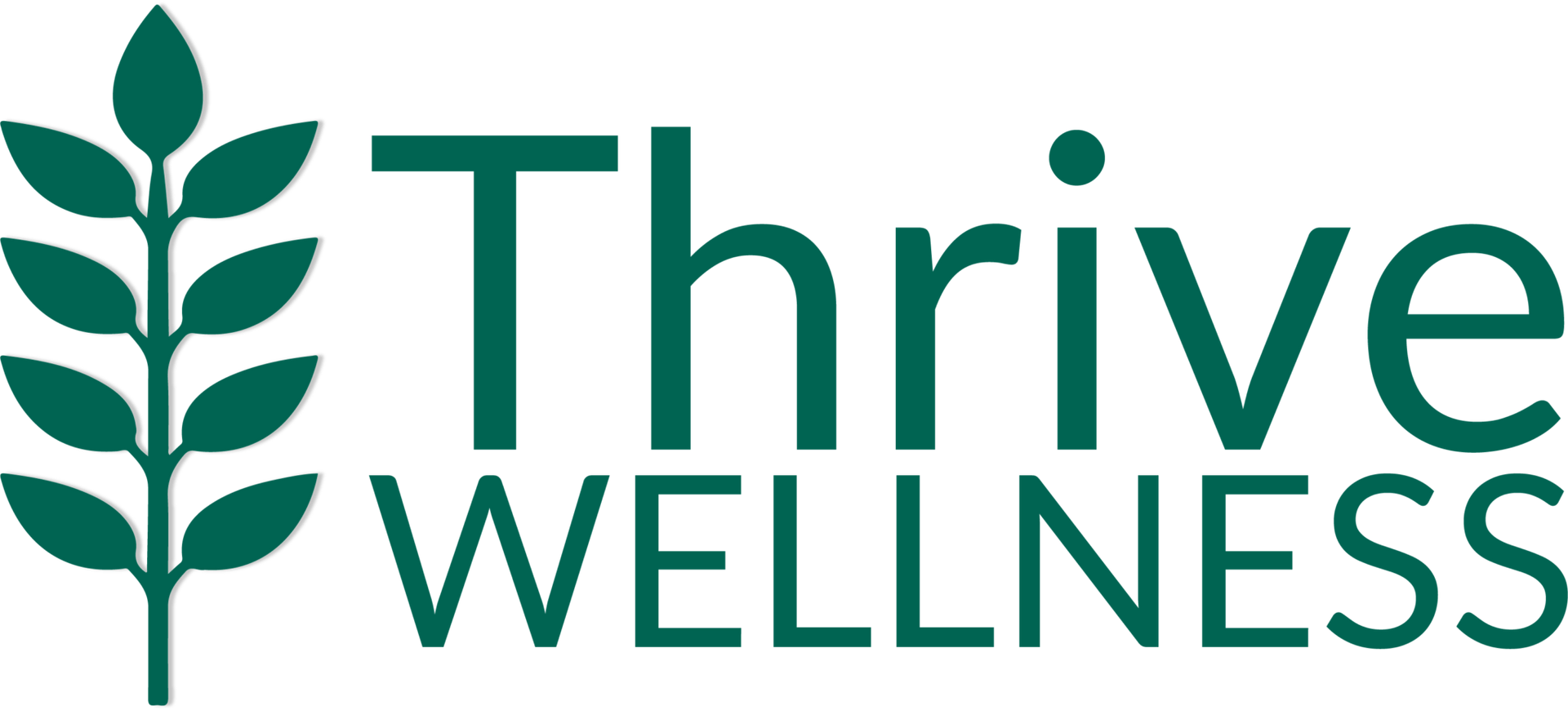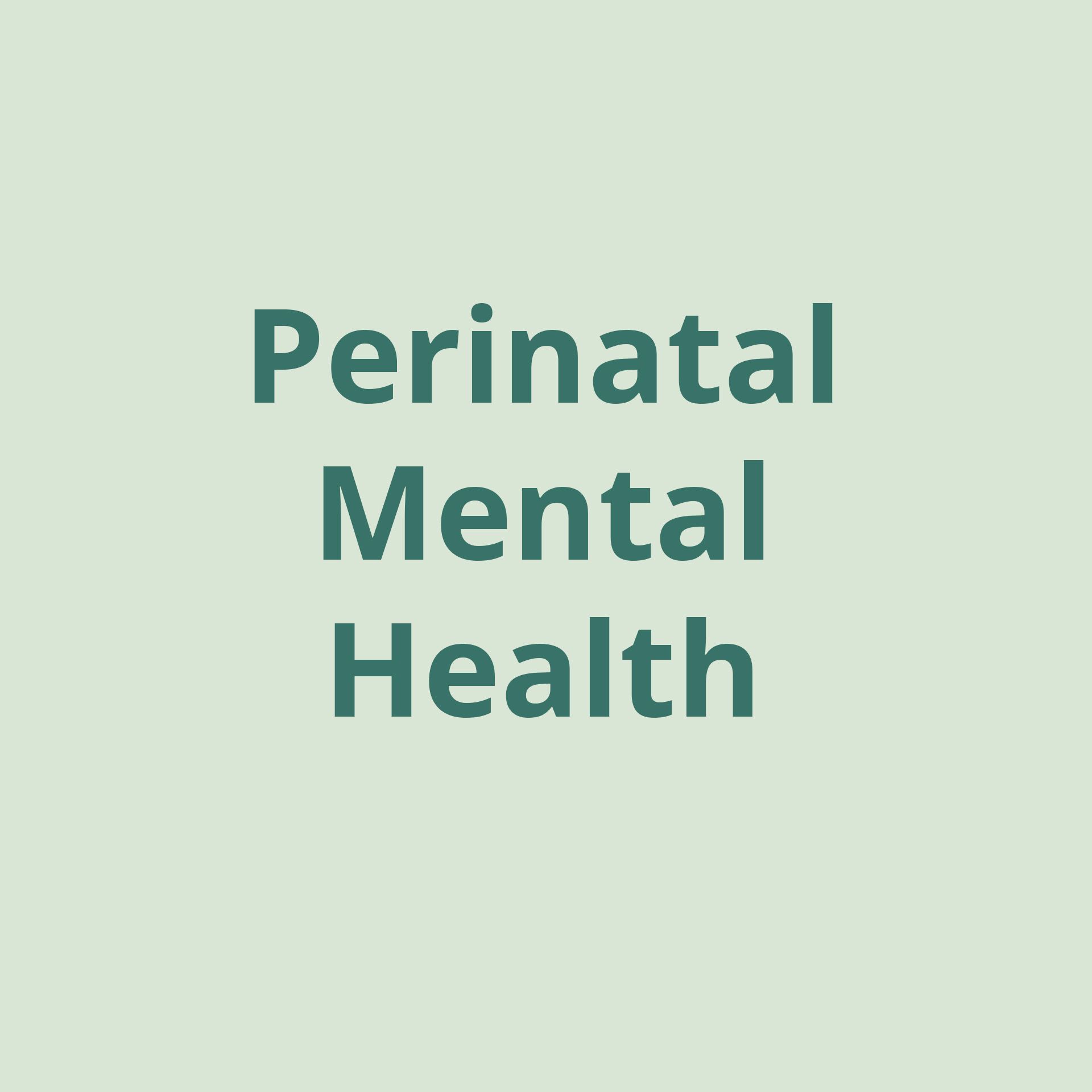Winter Blues and Seasonal Affective Disorder: Why Winter Days Can Darken Your Mood and Ways to Brighten Your Outlook

Even if you look forward to the ski season all year, can't wait to read a good book by a crackling fireplace, and count down the days until you can frolic through fresh snow, you can also experience seasonal affective disorder or the winter blues. Dreary winter days stuck indoors can make it difficult for many to summon their natural cheerfulness, gratitude, and enthusiasm for life. This shift in mood may be confusing, especially if you're typically captivated by wintertime wonders.
As the nights lengthen, days shorten, temperatures drop, and storm clouds block the sun, your mood can darken too. Essentially, the changing patterns of sunlight can disrupt your circadian rhythm (a kind of biological clock that influences your sleepiness and wakefulness patterns) and hormonal balance. Two conditions commonly develop during the winter: the winter blues and seasonal affective disorder (SAD), recently designated Major Depressive Disorder (MDD) with a Seasonal Pattern . Below, you can explore the differences between the winter blues and SAD, and find strategies to boost your mood and reclaim your motivation during the winter season.
What Are the Winter Blues?
Individuals struggling with the winter blues generally experience feelings of sadness, fatigue, and loneliness attributed to bleak winter weather. Although not considered a mental disorder, the winter blues may cause you to feel like a gloomy, less motivated version of yourself, while still being able to participate in and enjoy daily activities.
Symptoms of the Winter Blues
- Feeling sad or down during the winter months
- Decreased motivation or energy
- Changes or difficulty with sleeping
Causes of the Winter Blues
- Cold weather
- Shorter days, longer nights
- Decrease or change in exposure to sunlight and vitamin D production
Risk Factors for the Winter Blues
- Lack of connection to community and social interactions
- History of depression or anxiety
- Environmental considerations (such as living in a climate that experiences particularly long or harsh winters)
What is Seasonal Affective Disorder (SAD)?
Also known as seasonal depression, SAD or MDD with a Seasonal Pattern is a subtype of major depressive disorder that interferes with a persons ability to engage in everyday life and find pleasure in activities that typically spark joy. In most cases, a person struggling with SAD will experience depression that begins in the fall or winter and ends in the spring. Less commonly, individuals may experience SAD in the summer, possibly brought on by exposure to too much sunlight that can cause sleeplessness, agitation, and anxiety.
Symptoms of Seasonal Affective Disorder
- Depressed mood or sadness
- Decreased motivation or energy
- Hypersomnia (or excessive sleepiness and oversleeping)
- Eating beyond fullness
- Weight gain
- Loss of interest in hobbies or activities that usually evoke happiness
- Social isolation and withdrawal
- Increased feelings of agitation or irritability
- Difficulty concentrating
- Sense of hopelessness
- Suicidal thoughts
Causes of Seasonal Affective Disorder
- Decrease or change in exposure to sunlight and vitamin D production, resulting in:
- Changes in circadian rhythm (disruption to your body's internal clock)
- Hormonal fluctuation, including imbalances of serotonin and melatonin
Risk Factors for Seasonal Affective Disorder
- History of depression or anxiety
- Genetic factors
- Environmental considerations (such as living in a climate that experiences particularly long or harsh winters, resulting in decreased social interactions and activity)
Ways to Boost Your Mood During Wintertime
You can fight the winter blues and wrap yourself in warmth by incorporating some of the self-care strategies below into your wintertime routine.
- Eat intuitively. The way you nourish your body is directly connected to your mental health, but shorter days may disrupt breakfast, lunch, dinner, and snack time routines. By listening to your fullness and hunger cues, while also eating an array of foods consistently and adequately, you can promote your well-being including your emotional health.
- Move mindfully. Allowing yourself the time and space to move intentionally can do wonders for your mind-body-spirit connection. Research shows that mindful movement can help lower stress and anxiety in addition to relieving depression and improving overall mood.
- Commit to a consistent sleep and wake routine. By going to bed and waking up at the same times every day, you can practice good sleep hygiene, which can help you regulate your emotions effectively and promote overall well-being.
- Spend time outdoors in the sun. Sunlight promotes the body's vitamin D production and vitamin D is believed to affect the regulation of the feel-good hormone serotonin. By doing your best to soak up the sunshine when it graces the sky, you can help foster feelings of happiness.
- Maintain connections with family and friends. Loved ones can infuse dismal winter days and long winter nights with laughter, companionship, and a sense of belonging.
- Participate in service projects and other community activities . Offering your time to individuals in need and enveloping yourself in your community can bring you a sense of purpose, meaning, and connection. Your presence can light up the lives of others, making you feel good in turn.
For more habits that create a well-balanced lifestyle and improve your mental and physical health, download our free guide "How to Thrive."
Clinical Treatment for the Winter Blues and SAD
If your sadness, lethargy, or other depressive symptoms begin to impair your daily functioning or extend beyond the season, we encourage you to speak with a healthcare provider. Licensed professionals can guide you in developing coping skills, reducing your depressive symptoms, and increasing your resiliency and motivation. In some cases, you may be prescribed light therapy or antidepressants to ease symptoms. You deserve to feel wonderful any time of year, and through outpatient therapy , Thrive can help you embrace the winter season with joy. Reach out to us to learn more.
This blog post was originally posted December 22, 2021








